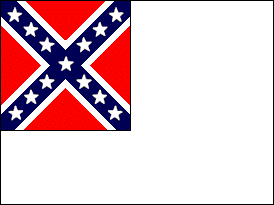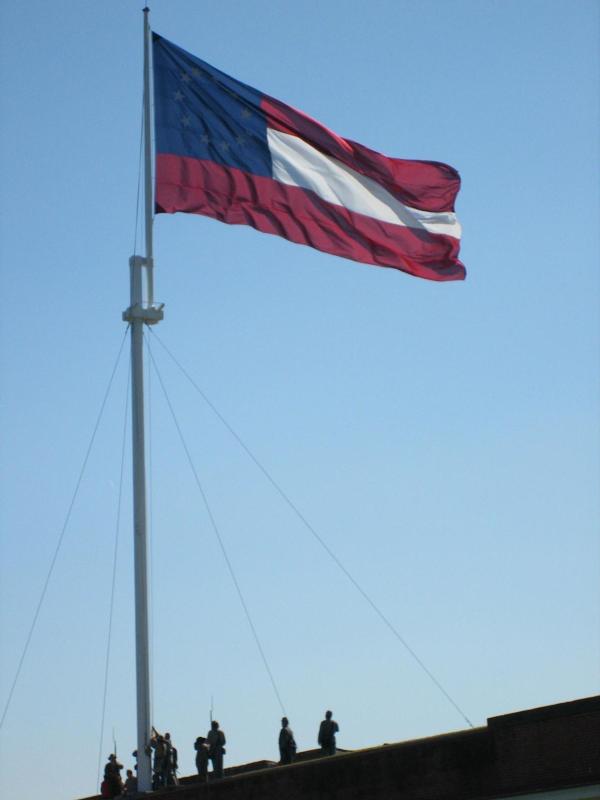
Originally Posted by
walrus

Well, once again you twisted it at the end with the state's right thing. Robert e Lee stuck with the Confederation as his state went so. Those soldiers were more loyal to the states and opposed a powerful central government thus wanting to form a confederate. We now what the flag meant during the war but the right guys won, imo and I look at the flag today as part of America's history, for better or worse. I see it as a tribute to all the young soldiers who died in the field, the ones who didn't write those words you quoted but rather were sent into battle by those guys. Slavery was an issue in the civil war, but most of the young guys, many teenagers who died on the field of battle were fighting for a belief that encompassed much more than the own slaves, they couldn't afford slaves anyway. The seeds of the civil war were planted long before Lincoln took office. Can I have a graph please brother.
I'm just quoting you what the actual leaders of the Confederacy had to say about why they started the war at the actual time. They all seem to think it was about slavery so I'm going to go with the guys who were there.
As for whether Confederate soldiers had any material interest in slavery. Slavery was the engine that powered the southern economy. It's like mining in Kentucky or businesses around a huge US military base. If the mine or the base closes then all the people that worked there lose their jobs and all the people who worked for the businesses where they spent their money go out of business too. So they were all fighting for their livelihoods and when they lost the south became impoverished for generations.
As those people passed through the trade, representing something close to half a billion dollars in property, they spread wealth wherever they went. Much of the capital that funded the traders' speculations had been borrowed from banks and had to be repaid with interest, and all of it had to be moved through commission-taking factorage houses and bills of exchange back and forth between the eastern seaboard and the emerging Southwest.
And the slaves in whose bodies that money congealed as it moved south had to be transported, housed, clothed, fed, and cared for during the one to three months it took to sell them. Some of them were insured in transit, some few others covered by life insurance. Their sales had to be notarized and their sellers taxed. Those hundreds of thousands of people were revenue to the cities and states where they were sold, and profits in the pockets of landlords, provisioners, physicians, and insurance agents long before they were sold. The most recent estimate of the size of this ancillary economy is 13.5 percent of the price per person-tens of millions of dollars over the course of the antebellum period.
The south still hasn't recovered economically from losing its slaves.


 Thanks:
Thanks:  Likes:
Likes:  Dislikes:
Dislikes: 
 Reply With Quote
Reply With Quote






Bookmarks